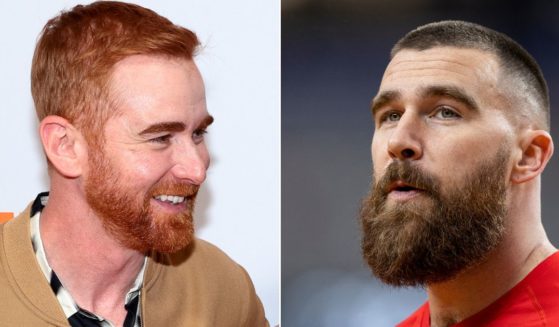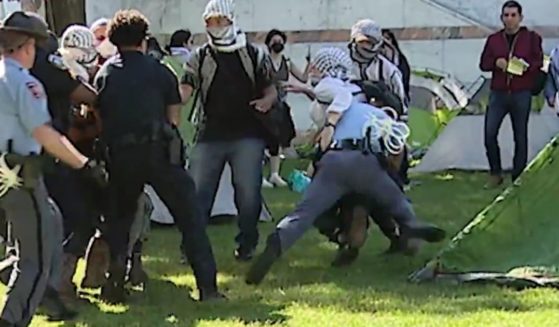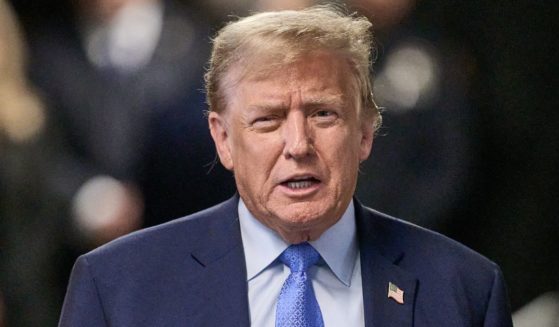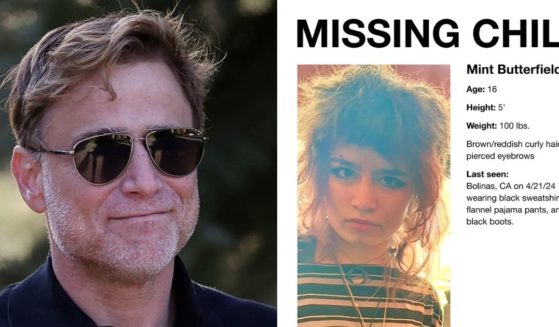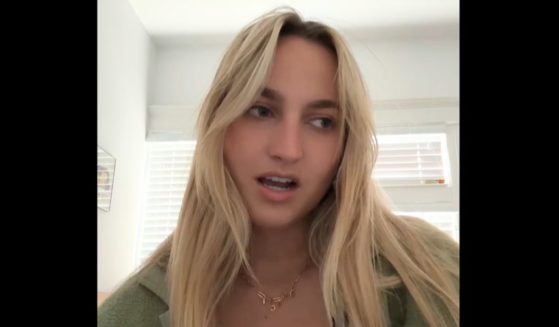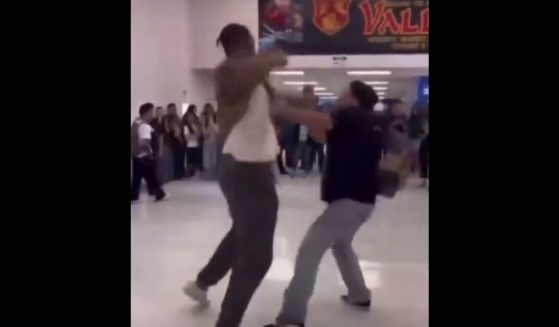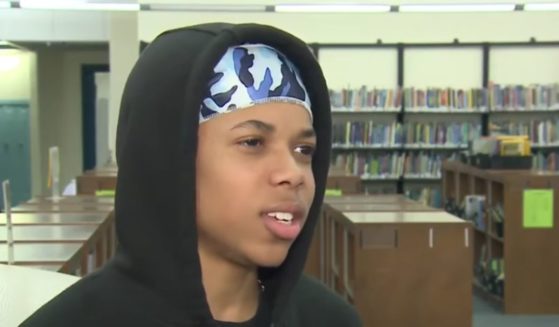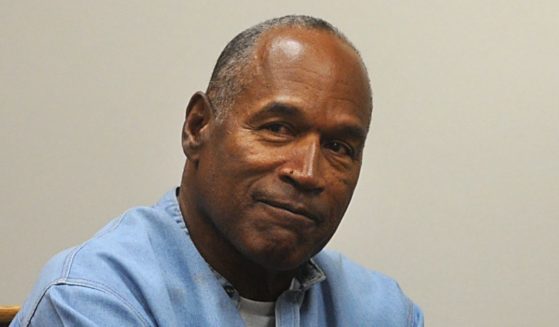Supreme Court Set to Hear First Major Gun Case in Over a Decade
The Supreme Court announced yesterday it will take up a Second Amendment case that could have a major impact on gun rights.
The court announced it will hear New York Rifle & Pistol Association v. Corlett, a constitutional challenge to a New York gun control law that has been in place since 1913 and requires anyone who wants to carry a gun outside of their home to show “proper cause” for doing so.
Under New York’s law, “proper cause” requires an applicant to demonstrate “a special need for self-protection distinguishable from that of the general community or of persons engaged in the same profession.” A generalized desire to protect one’s person and property is not enough.
Backed by a Second Amendment advocacy group, Robert Nash and Brendan Koch challenged New York’s regimen after their concealed-carry applications were denied for failing to demonstrate “proper cause.”
They argued in their submission to the Supreme Court that the Second Amendment protects “the right of the people to keep and bear Arms” — it does not “exist to protect only the rights of the happy few who distinguish themselves from the body of ‘the people’ through some ‘proper cause.’”
The U.S. Court of Appeals for the Second Circuit upheld New York’s law, prompting the challengers to appeal to the Supreme Court.
In 2008, the Supreme Court decided the landmark case of District of Columbia v. Heller. That case held that the Second Amendment protected the right to possess guns within the home.
Since then, it has remained unsettled whether the Constitution also protects the right to carry a gun outside the home for self-defense, and on this issue, federal courts throughout the country are split.
While the D.C. and Seventh Circuits have rejected the type of restrictions approved by the Second Circuit — ones the petitioners, in their brief, aptly described as “[cutting] off the right to keep and bear arms at a homeowner’s door” — other federal appellate courts such as the First, Third, and Fourth Circuits have endorsed them.
And, in March, the Ninth Circuit upheld a Hawaii law similar to New York’s, finding Americans have no constitutional right whatsoever to openly carry guns outside of the home.
That decision followed a 2016 decision from the Ninth Circuit, in Peruta v. County of San Diego, holding there is no Second Amendment right to carry concealed handguns in public, and therefore the county sheriff could permissibly deny concealed-carry licenses on any terms he chose.
The Supreme Court was asked to review the Peruta decision but declined to do so.
Justices Clarence Thomas and Neil Gorsuch dissented from the denial of review stating the Supreme Court’s refusal to consider the case reflected “a distressing trend: the treatment of the Second Amendment as a disfavored right.”
Last year, the Supreme Court declined to hear 10 different gun rights cases, according to SCOTUSblog.
Among these was Rogers v. Grewal, a New Jersey case that — like Corlett — also asked if the Second Amendment protects carrying a handgun outside the home for self-defense, and whether a New Jersey law that requires an applicant for a concealed carry permit to demonstrate a “justifiable need” passes constitutional muster.
Justice Thomas, then joined by Justice Brett Kavanaugh, dissented from the denial of review in this case, as well. In a 19-page opinion, Thomas asserted the Supreme Court was guilty of a double standard when it came to gun rights.
“This Court would almost certainly review the constitutionality of a law requiring citizens to establish a justifiable need before exercising their free speech rights” or “before seeking an abortion,” Thomas stated. “But today, faced with a petition challenging just such a restriction on citizens’ Second Amendment rights, the Court simply looks the other way.”
Thomas argued the Supreme Court must “acknowledge that the Second Amendment protects the right to carry in public” and resolve a division among the lower courts on whether laws requiring citizens to demonstrate a “justifiable need” are constitutional.
In granting review yesterday in Corlett, it seems the Supreme Court heeded Justice Thomas’ advice. The case will be argued in October and decided sometime in 2022, according to Reuters.
In fairness, the conservatives on the court likely did not take up this issue sooner for practical reasons. Although it takes four justices to agree to hear a case, five justices are needed to gain a majority and to set a national precedent.
Given Chief Justice John Roberts’ decisions on issues such as Obamacare, DACA, LGBT issues, abortion and immigration, the conservative block of the court — Justices Thomas, Gorsuch, Kavanaugh and Samuel Alito — probably realized they could not count on him in the past for the necessary fifth vote needed to win a majority and to protect Second Amendment rights.
But a lot has happened in a year. Justice Ruth Bader Ginsburg passed away and Amy Coney Barrett – who served as a law clerk to the late Justice Antonin Scalia, the author of the Heller decision — was elevated to the Supreme Court from the Seventh Circuit.
This has altered the equation — especially since Justice Barrett took an expansive view of the Second Amendment in a case called Kanter v. Barr when she sat on the Seventh Circuit.
In fact, in her responses to a Senate Judiciary Committee questionnaire submitted as part of her Supreme Court confirmation process, Barret listed Kanter as the first in a list of her “10 most significant cases.”
Given that the conservatives on the high court now have a deeper bench, there is a new willingness among them to review Second Amendment issues.
Moreover, in light of recent mass shootings — and the resultant outcry from the left for expansive gun control legislation at all levels of government — the breadth of the Second Amendment has taken on a heightened importance.
A Supreme Court decision striking down as unconstitutional New York’s “proper cause” law — and similar statutory regimes across the country — would go a long way toward reducing crime and mass casualty events.
When FBI crime data was evaluated in 2000 by Dr. John Lott, he calculated the presence of such laws in the United States contributed to a 8.5 percent reduction in murders, a 7 percent reduction in aggravated assault, a 5 percent reduction in rape, and a 3 percent reduction in robberies. Lott’s study also revealed that when states passed concealed carry laws, “the number of multiple-victim public shootings declined by 84% … [and] deaths from these shootings plummeted on average by 90%.”
Conversely, a study in Applied Economic Letters found that states with more restrictive laws had gun-related murder rates 10 percent higher than those without such restrictions.
In Heller, the Supreme Court stated the right of the people to keep and bear arms protects at its core “the individual right to possess and carry weapons in case of confrontation.”
Therefore, if it means anything, the Second Amendment must secure the individual right to bear arms for self-defense where confrontations often occur: outside the home.
Let’s hope the Supreme Court’s decision in Corlett makes this clear once and for all.
Truth and Accuracy
We are committed to truth and accuracy in all of our journalism. Read our editorial standards.

